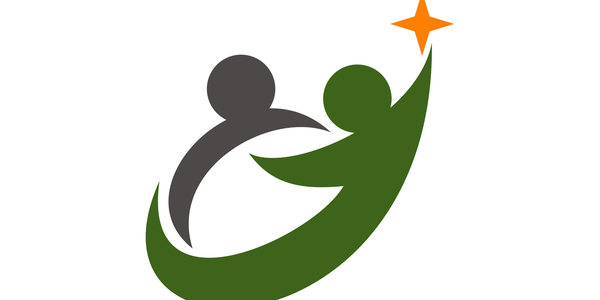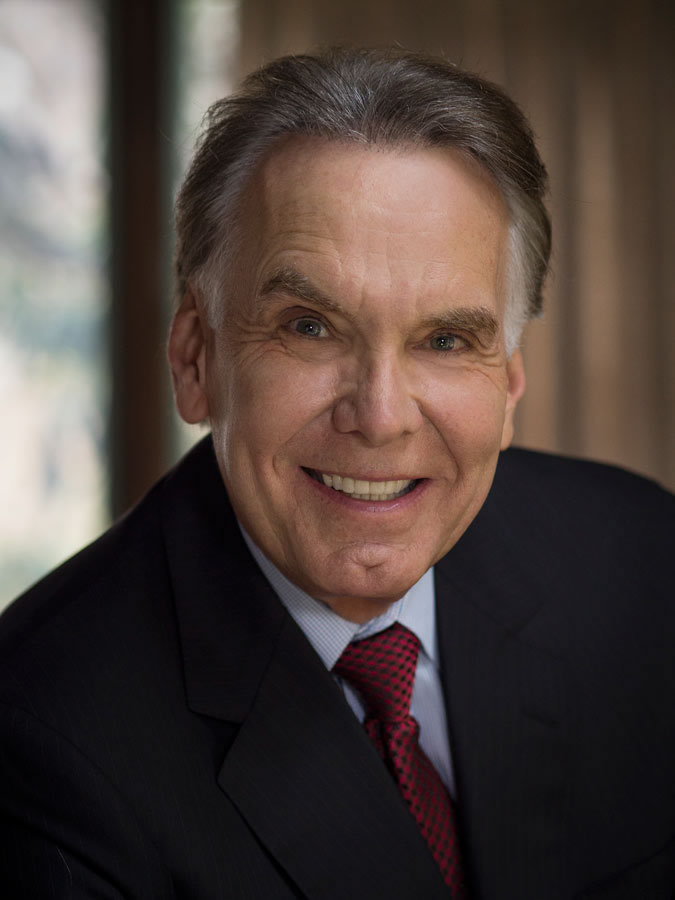9 Tips To Become a Quantum Leap Performance Coach
As a life design coach, I am passionate about changing lives…
I’ve learned through my own self-discovery work that sharing authentically is the best way to make a real difference in others’ lives.”-Julie Reisler, Get a PhD in YOU
I am singing in praise for all who have chosen coaching as a profession. Serving others is most admirable.
And here is the hidden treasure of choosing to be a coach: You have the opportunity to learn about yourself while helping others. You motivate yourself by helping motivate. You achieve success by supporting others to achieve success.
Much to my surprise, I never expect this payoff. That is why it is always such a gift.

These tips will help you increase your success as a performance coach
I go into my sessions totally focused and open, trusting that I will guide my ‘clients’ to uncover and recognize subconscious barriers and fears, be accountable for their life, re-invent, motivate, reduce negative stress, set realistic goals and that I will come up with the appropriate assignments and immediate actions steps to make their dreams into reality.
Tips To Help You Succeed As A Peformance Coach
Whether a coaching practice is labeled Peak Performance, Transformational, Life, Career, Relationship coaching or even sports coaching, the session can be quite intense for both the client and the coach.
Therefore, I would like to pass on some insights that I have gleaned from more than four decades of coaching in hope that these tips might give you an expanded perspective of yourself and help you ramp up your success as a coach.
TIP 1: Let go of any and all preconceived judgements
The greatest deception men suffer is from their own opinions.
– Leonardo Da Vinci
Go in the session as a blank slate without judgement. This is often a challenge as we are, by our nature, judgment machines. If you want to be an exceptional coach, make this an on-going exercise in your coaching practice.
Letting go of judgement becomes an even a greater challenge when you have done some preliminary inquiries either by phone or questionnaire. Nevertheless, when your client walks in the door, you are entering a completely new relationship.
TIP 2: Build Rapport
Rapport: “a close and harmonious relationship in which the people or groups concerned understand each other’s feelings or ideas and communicate well.”
Building rapport is mandatory for a successful coaching session.
Rapport is the ability to relate to others in a way that creates a level of trust and understanding. Trust and understanding are at the core of your credibility and results.
Rapport helps your client be comfortable and relaxed. Most importantly, it prepares your client’s subconscious mind to accept and begin to process your suggestions.
I always begin my session by doing everything I can to establish rapport as quickly as possible. I may introduce them to my space, offer the client a bottle of water, mention something about the day’s news (neutral subject, please!) or something positive that has taken place.
TIP 3: Be acutely aware of your client’s body language
Non-verbal communication can provide some important clues as to your client’s fear, openness and receptiveness.
Study the basics of Neuro Linguistic Programming (NLP): You don’t have to be an expert at NLP to understand some of the basic principles of non-verbal communication.
Body language, posture and distance provide important information to supplement words, or verbal communication. They are a crucial addition to the overall message. The full picture also includes facial expressions, eye contact and voice.
TIP 4: Listen. Listen. Listen.
Everything in coaching hinges on listening because what we are listening for affects where we are speaking from and unfolds how we are being with and for each other.
– Marilyn Atkinson, Rae Chois, Step By Step Coaching
An effective coach, as any effective communicator, must proactively listen. As a coach you are gleaning the essence of an individual in a very short period of time, building a mini-history of that person and looking for patterns of behavior to help you identify what a positive change in behavior looks like.
Above all, listening is healing.
Please click the link below for more information on proactive listening:
https://www.jamesmapes.com/ignite-your-imagination-for-empathetic-listening
TIP 5: Ask quality questions
Probably my best quality as a coach is that I ask a lot of challenging questions and let the person come up with the answer.
– Phil Dixon, coach
Brilliant thinkers never stop asking questions because they know that this is the best way to gain deeper insight.
Consider the following when working with your client.
- Every question you ask should help you gather either facts or opinion. Know which kind of information you need to help your client and frame your questions accordingly.
- Speak your listener’s language. Relate questions to the client’s frame of reference. Use words and phrases that your listener understands.
- Open conversation. Unlike simple yes-or-no questions, open-ended questions invite your client to talk. Keep in mind, you want to gather as much information as possible.
- Follow general questions with specific ones. Build a hierarchy of questions that begins with the big picture and gradually drills down into specifics with follow-up questions.
- Don’t interrupt. Listen to the full answer to your question. The art of good questioning lies in truly wanting the information that would be in the answer.
The quality of your question determine the quality of the answers.
Here are a few examples of quality questions:
- If I had no fear, what would I like to achieve?
- If I could get paid for doing anything I want, what would I do?
- How have other people succeeded in what I want to achieve?
- Who can I learn from or ask for advice?
- How can I serve others by achieving what I say I want to achieve?
- How can I break my long-term goal down into manageable chunks?
- What small action can I take “right now” to move me towards my goal?
- Where is the opportunity in this tough situation?
- How does this serve me?
- What behavior, habits or perspective do I have to change to achieve my goal?
- What will be the benefits of change?
- How is staying in my current situation a disservice to me?
TIP 6: Create action oriented goals for your client.
When we have purpose, we can set our direction. When we have direction, we can take action.
And when we take action, we achieve.– Jack Heimbigner
As a coach, I believe in encouraging clients and supporting them to take immediate and on-going action. Without action, goals become dreams and disappointments.
You might want to write this down: “Achieving goals does not start to happen until your client takes focused, massive and consistent action.”
One last tip: The subconscious can easily get overwhelmed if the goal is too gigantic. If you look at climbing a huge mountain, it may look impossible. Break the climb down into small, actionable chunks and you move forward on a continuous basis.
TIP 7: Coach your client to identify a goal as the ideal “End-Result”
The best coaches know what the end-result looks like, whether it’s an offensive play, a defensive play, a defensive coverage, or just some idea of the organization.
– Vince Lombardi
In a sense, successful coaches are the ultimate visionaries. They can help a client picture what success looks and feels like and, help the client form and imprint it clearly in the imagination.
End-results can be broken down into two parts:
Step 1: Visualizing the “ultimate goal” as the ideal-end result.
Step 2: Breaking the “ultimate goal” into small achievable, manageable steps or “ideal end-results” on a daily basis.
TIP 8: Continuous learning about yourself as a coach.
Learning is a never-ending cyclical process of discover.
We uncover possibilities within ourselves, transform them into reality,
And discover new possibilities again.– James Mapes, Quantum Leap Thinking: An Owner’s Guide to the Mind, pg. 13
Take in as much latest information as you can in the field of psychology, motivation, and brain research.
I am a tough task-master on – myself. Because I do not have a Ph.D. in psychology, I have spent four decades studying human behavior. I have taken courses and read and learned as much as possible about positive psychology, hypnosis, NLP, meditation and much more.
Here is why: Without a great deal of knowledge in the field of the mind, you will be only relying on your instincts alone to help your clients and you may end up doing more harm than good if your instincts are incorrect.
That does not mean that instincts do not play an important part in coaching. They do. However, the quality of your instincts, your creative self, depends on the quality of your input, your knowledge.
Go back to the basics of writers/teachers like How to Win Friends and Influence People by Dale Carnegie, Think and Grow Rich by Napoleon Hill, Psycho-Cybernetics by Maxwell Maltz, Creative Visualization by Shakti Gawain, The Magic of Thinking Big by David J. Schwartz & The Magic of Believing by Claude M. Bristol.
TIP 9: Go ahead and trust your instinct.
Trust your hunches. They’re usually based on facts filed away just below the conscious level.
– Dr. Joyce Brothers
When it comes to you making judgments, I am 100% in agreement with the quote by Dr. Joyce Brothers. Look at the second part of the quote and you will understand why continuous leaning is necessary to assist the incredibly powerful instinct.
The conscious thinking mind is a remarkable tool that is meant to be used for critical thinking, but it pales in comparison to workings of the subconscious mind, the inner wisdom of your intuition. What is often referred to as “the gut” is always faster than the conscious mind.
There is a plethora of evidence suggesting that we can learn to harness the power of instinct.
Neuroscientist Antonio Damasio of the University of Southern California tells us that it is important to pay attention to what he calls, “somatic markers.” They originate in part of the brain responsible for social emotions like pride or guilt and our response to threats.
The second big point about gut feelings is that we couldn’t survive without them.
“More than 99 percent of the decisions we make every day, we make without deliberation,” says Carl Spetzler, Ph.D., co-founder and CEO of Strategic Decisions Group
The brain sends messages that something just feels right—or it doesn’t. The more you pay attention to trusting your intuition in combination with facts, the better your future decision-making can become.
Questions A Great Performance Coach Should Always Ask
Here are a few questions to help you tap into your instinct for your life choices and questions you tweak for your clients:
“Do I feel good around this person?”
“Does this person or situation give me or take my energy?”
“Do I feel empowered or disempowered by this person?”
“When I make my choices in life, do I feel I’m going toward an adventure or running from fear?”
“Am I listening to my lessons learned from the past or drowning them out with worry?”
“Would I make the same choice if I had a million dollars in my pocket now?”
“Am I trying to control the situation or am I “leaving the room?”
When you learn to trust your own instinct you make about your life choices, you will learn to trust your instinct concerning your clients.
Enjoy this article on instincts: https://www.success.com/go-with-your-gut-the-science-of-instinct/
Use these nine strategies as a guide and you will become an exceptional Peak Performance coach.
IMAGINE THAT!

James Mapes is the founder of Quantum Leap Thinking™, creator of The Transformational Coach™, expert on the psychology of “applied imagination,” best-selling author, highly acclaimed business speaker, consultant, seminar leader and personal excellence coach.
